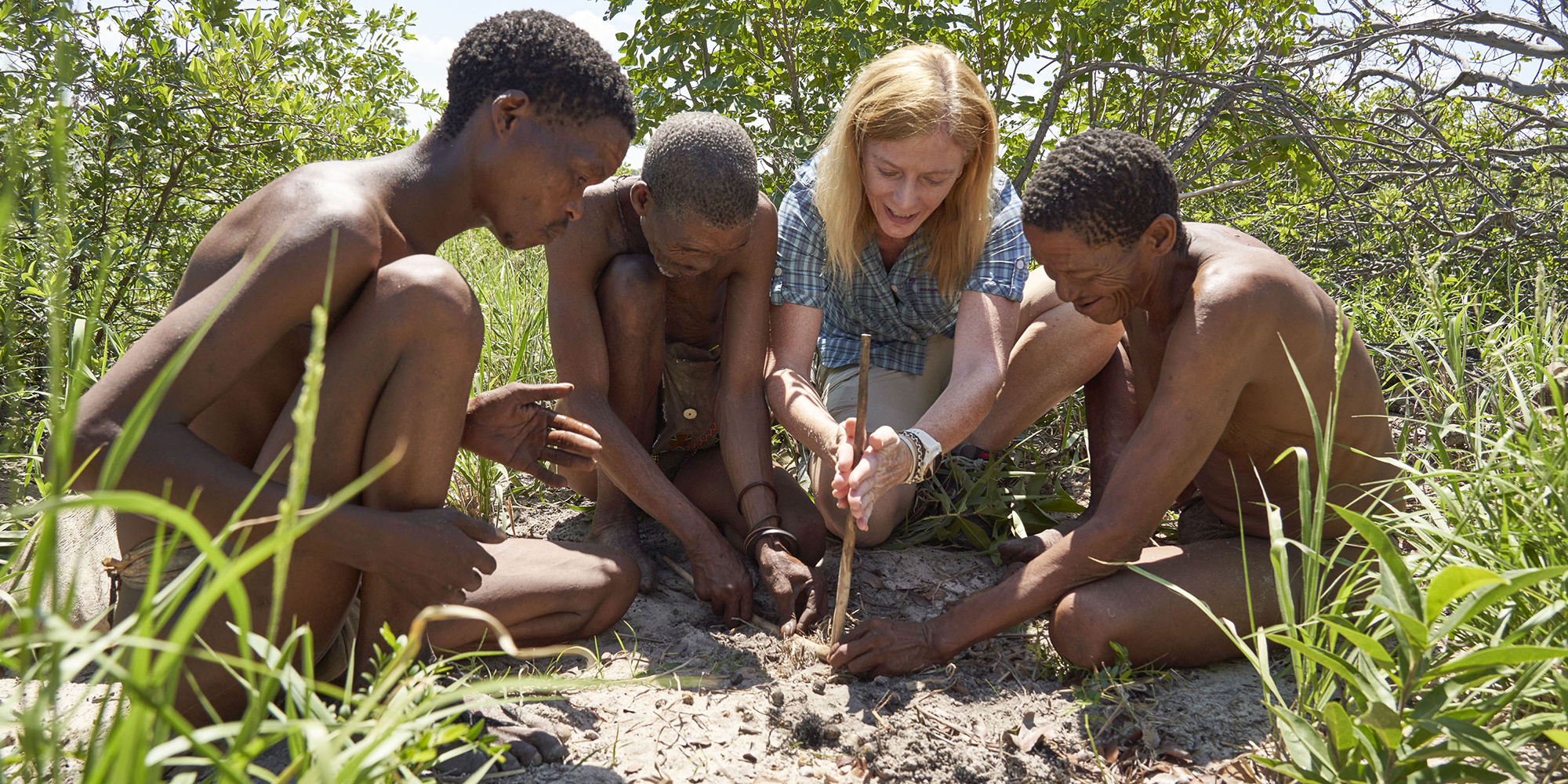A multi disciplinary team of researchers that included two University of Pretoria (UP) researchers were able to zero in on the location of an ancient human homeland, which its believed to have lain just south of the Greater Zambezi River Basin, which today includes northern Botswana, part of Namibia and Zimbabwe.
It was here, ancient DNA has revealed, humans stayed for at least 70,000 years before they had the urge to migrate. The findings of the team were published on Monday in the scientific journal Nature. Professor Vanessa Hayes and Professor Riana Bornman, both with UP, collected mitochondrial DNA, which is passed on from mother to daughter, from 198 Namibians and South Africans.
They were looking for the rarest and oldest of the human genetic lineages, the so called L0 lineage. This is usually found in the descendants of the Khoisan.
“Data suggests that the Greater Zambezi River Basin region, particularly the south-west Kalahari, played a significant role in shaping anatomical modern human emergence and prehistory,” said Hayes in a statement.
“It has been clear for some time that anatomically modern humans appeared in Africa roughly 200,000 years ago. What has been long debated is the exact location of this emergence and subsequent dispersal of our earliest ancestors.”
Other scientists in the team were able to identify what this homeland looked like. From studying geological, archaeological and fossil evidence, geologist Dr Andy Moore from Rhodes University was able to show that this homeland once held Africa’s largest ever lake system, Lake Makgadikgadi. This would have been a wetland ecosystem.
“Prior to modern human emergence, the lake had begun to drain due to shifts in underlying tectonic plates. This would have created a vast wetland, which is known to be one of the most productive ecosystems for sustaining life,” he said. But then, according to the scientists, between 130,000 to 110,000 years ago, new L0 branches revealed migration events.
“Examining the geographic distribution of these branches, the first migrants cross the Zambezi in a north-west direction and later in a south-west direction. Others stay in the homeland,” Hayes said.
Professor Vanessa Hayes discussing the significance of the region with an extended Ju?'hoansi family who live today within the semi-desert Kalahari region of Namibia. The Nature study reveals this region was a human homeland 130000 years ago. Photo supplied.
Work by another member of the team, Professor Axel Timmermann, director of the IBS Centre for Climate Physics at Pusan National University in South Korea, suggests a reason for this migration. He analysed climate computer model simulations which he overlaid with geological data. This provided him with a climate history of southern Africa for a quarter of a million years.
“Our simulations suggest that the slow wobble of the Earth’s axis changes summer solar radiation in the southern hemisphere, leading to periodic shifts in rainfall across southern Africa,” he said. “These shifts in climate would have opened green, vegetated corridors, first 130,000 years ago to the north-east, and then around 110,000 years ago to the south-west, allowing our earliest ancestors to migrate away from the homeland for the first time.”
There was a killer that left this ancestral home with our ancestors and it is still around today. It preys on African men.
“We initially started this research to understand why men in Africa are so susceptible to developing prostate cancer. This is a very different disease to that in European populations. What it means is that if we can understand what is happening with this high-risk prostate cancer that you see in African men, then we can eventually find a treatment,” said Bornman.
The genetic material collected from the descendants of the Khoisan is helping the understanding of prostate cancer.
“This wasn’t a one-man show,” said Bornman. “One needs the input of other academics. We had the genomic data, but we could not interpret the genomic data without the climate data. By overlaying this climate data we could understand what was happening 130,000 years ago.”
Those ancient migrants who headed north would eventually populate Europe, but some stayed behind. They would become the Khoisan, who would eventually allow humankind a peek back to one of our earliest homes. DM




 Professor Vanessa Hayes discussing the significance of the region with an extended Ju?'hoansi family who live today within the semi-desert Kalahari region of Namibia. The Nature study reveals this region was a human homeland 130000 years ago. Photo supplied.
Professor Vanessa Hayes discussing the significance of the region with an extended Ju?'hoansi family who live today within the semi-desert Kalahari region of Namibia. The Nature study reveals this region was a human homeland 130000 years ago. Photo supplied.